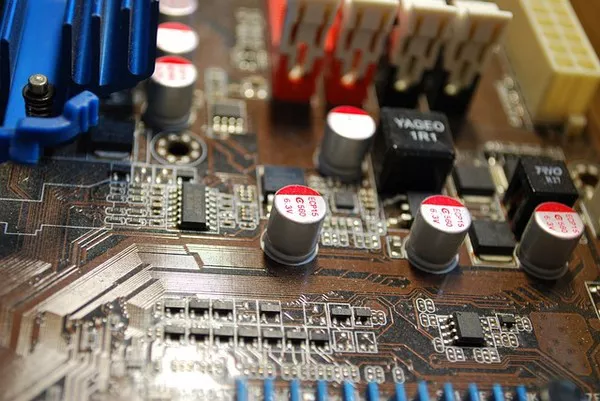As NASA prepares for its upcoming Artemis III mission, scheduled for 2026, the agency is focusing on the crucial need for reliable energy sources for astronauts living on the moon. This mission marks the first crewed lunar landing in over fifty years since Apollo 17 in 1972, and establishing a sustainable human presence on the moon’s surface requires advanced technology for energy storage and power delivery.
To pave the way for these advancements, NASA launched the Watts on the Moon Challenge, inviting participants to devise innovative power and transmission solutions capable of supporting long-duration lunar missions. The competition culminated in two teams being awarded a share of a $1.5 million prize for their successful energy storage, management, and distribution systems.
Energy Challenges of Lunar Exploration
Under the Artemis program, NASA aims to explore more of the moon than ever before, necessitating a wide range of technologies—from construction and mining equipment to habitats and research instruments—all of which will require consistent, reliable power sources.
While solar energy is plentiful on the moon during daylight hours, the moon also experiences prolonged nights lasting up to 350 hours, along with extreme temperature fluctuations. These conditions present significant challenges for solar technology, necessitating efficient management and distribution of solar and renewable energy to ensure uninterrupted power. Developing advanced energy storage solutions was the primary focus of the Watts on the Moon competition.
Testing Innovations for Effectiveness
In the final round of the competition, four teams presented their refined prototypes, which were the first power transmission and energy storage systems to be tested in a NASA vacuum chamber. This facility simulated the extreme cold and low-pressure conditions that characterize the lunar surface, particularly in the south pole’s permanently shadowed regions. The tests assessed the performance of each team’s power system over a simulated cycle of six hours of daylight followed by 18 hours of darkness, with operators positioned three kilometers away from the power source.
The judges evaluated the systems based on the Total Effective System Mass (TESM) calculation, which measured each system’s efficiency relative to its size, mass, and the total energy produced. The innovation with the lowest TESM value was deemed the best-performing solution.
Winning Solutions for Lunar Power
The University of California, Santa Barbara’s HELPS (High-Efficiency Long-Range Power Solution) emerged victorious by designing a low-mass, high-efficiency power system capable of functioning effectively in the moon’s extreme temperature ranges. This technology employs an 800 V cable and leverages energy stored in batteries at both ends of the transmission network. Additionally, a variable radiation shield enhances the system’s resilience to temperature changes, allowing it to dissipate excess heat during high-power periods and conserve heat in colder conditions.
The team conducted a rigorous final 48-hour test to ensure that their design met the necessary energy storage, thermal management, and transmission requirements for lunar exploration. They are now focused on further reducing the system’s weight to maximize efficiency.
High-Voltage Converter System
The second-place finisher, Orbital Mining Corporation from Colorado, also excelled during the final 48-hour test, developing a high-voltage DC-DC converter system designed to operate effectively throughout the moon’s cold, dark nights. This system utilizes a DC-wired transmission framework, a low-mass cable, and a lithium-ion battery bank to ensure reliable performance.
As NASA continues its preparations for Artemis III, these innovative power solutions represent critical advancements in establishing a sustainable human presence on the moon and supporting the future of lunar exploration.
You Might Be Interested In

